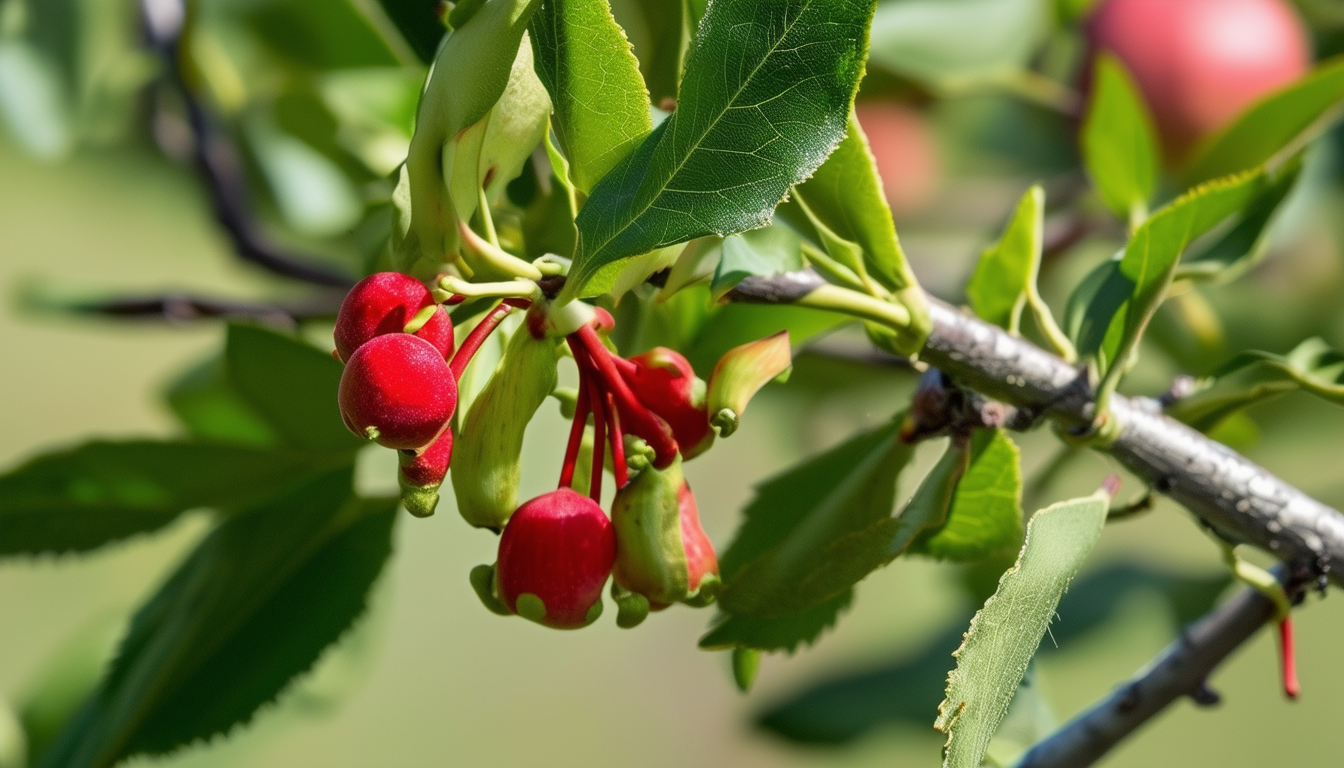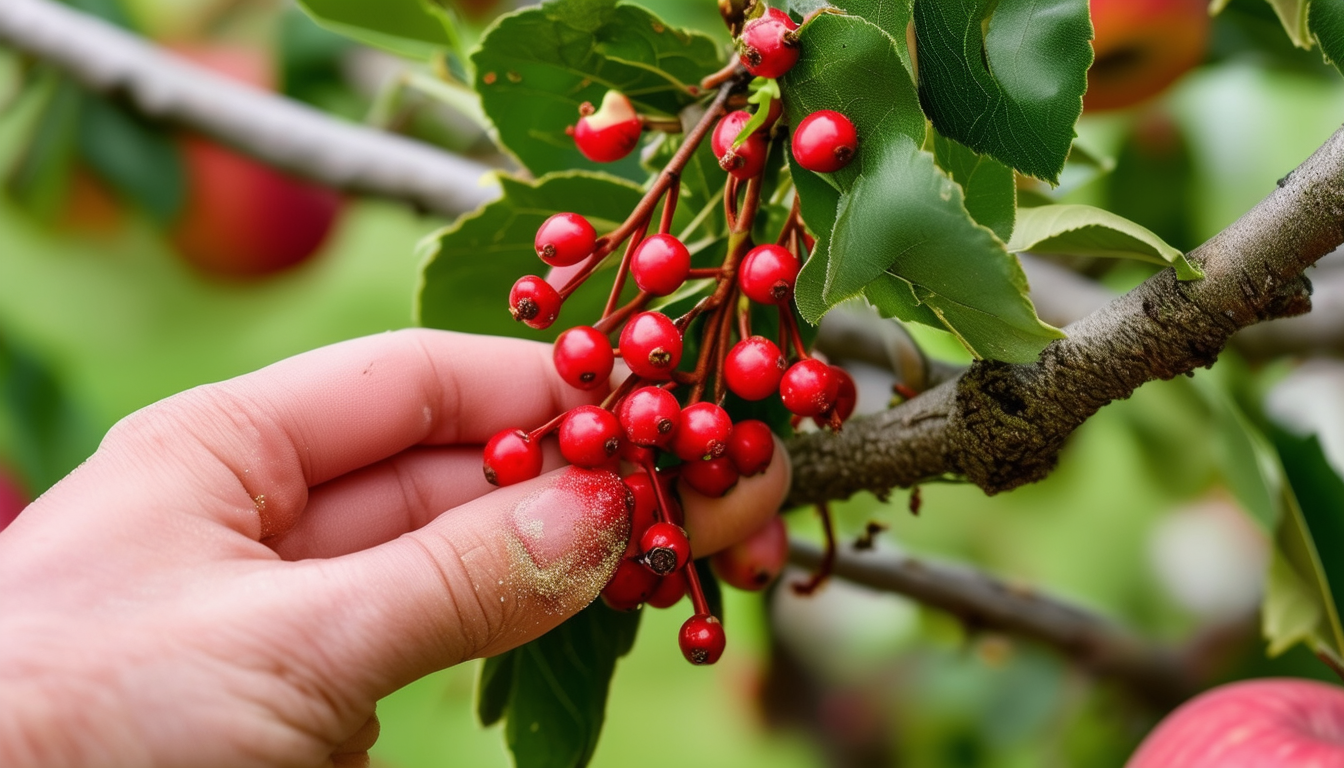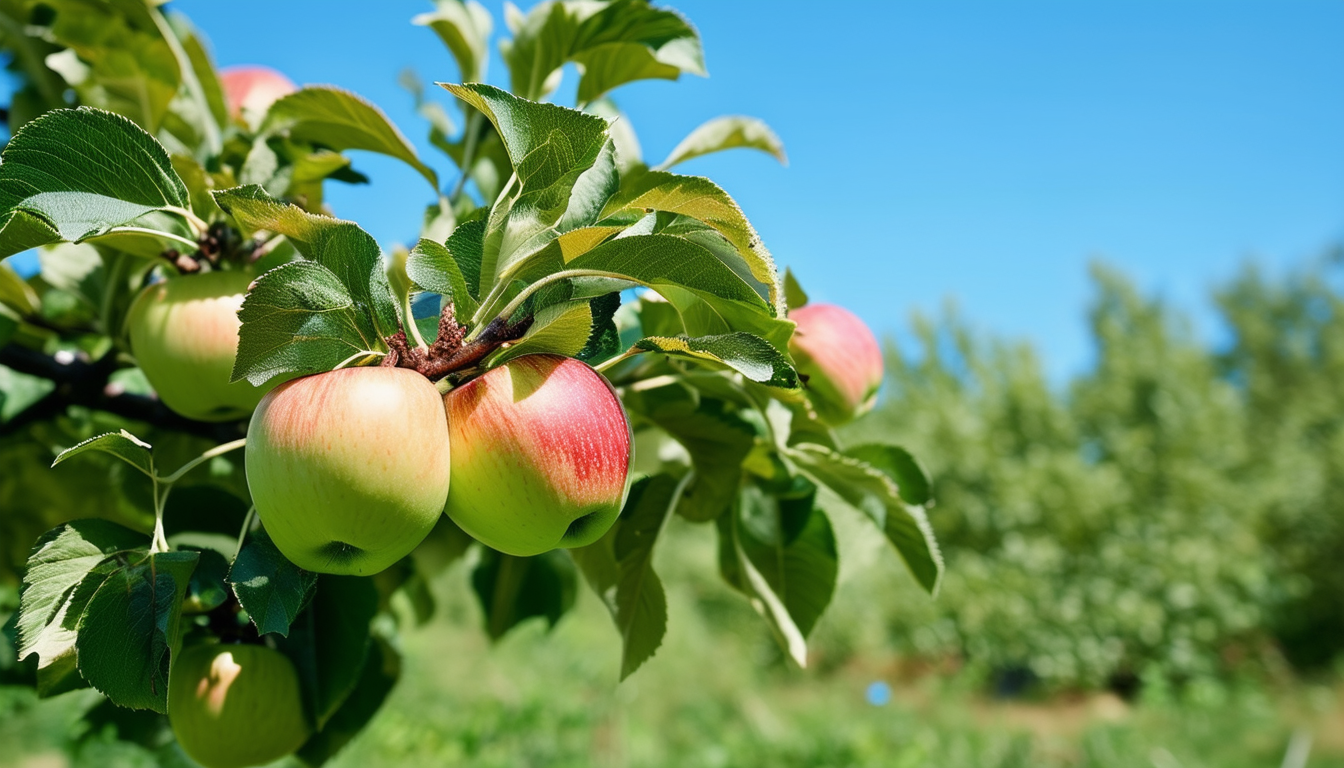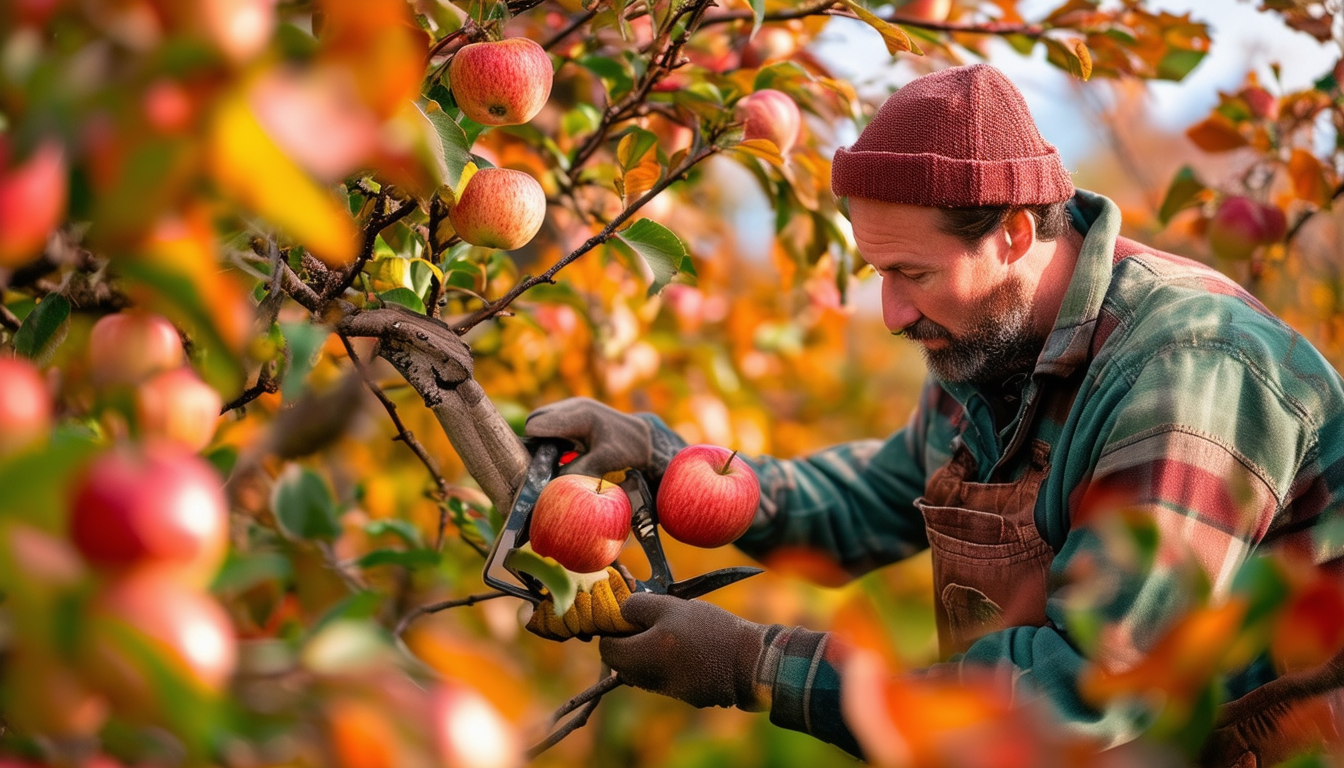
Discover the fascinating world of grafting mistletoes onto apple trees and how it can transform your garden into a botanical wonderland.
The Science Behind Grafting Mistletoes onto Apple Trees
Grafting is a horticultural technique that involves joining two plants together so they grow as a single plant. When it comes to mistletoes and apple trees, the process is quite intriguing. Mistletoes are parasitic plants that typically grow on tree branches, extracting water and nutrients from their host. By grafting mistletoes onto apple trees, gardeners can create a unique botanical combination.
The science behind this process involves understanding the compatibility between the host tree (apple) and the parasitic plant (mistletoe). Successful grafting depends on the cambium layers of both plants aligning perfectly, allowing for the exchange of nutrients and water. This symbiotic relationship can be beneficial for both plants under the right conditions.
Benefits of Combining Mistletoes with Apple Trees
Grafting mistletoes onto apple trees offers several unique benefits. Firstly, it can enhance the aesthetic appeal of your garden. Mistletoes add a touch of green and can create an enchanting, fairy-tale-like ambiance among the apple trees.
Moreover, mistletoes have ecological benefits. They provide habitat and food for certain bird species and insects, thus promoting biodiversity in your garden. Additionally, the combination of mistletoes with apple trees can offer a unique talking point and a fascinating subject for garden enthusiasts and visitors alike.
Step-by-Step Guide to Grafting Mistletoes onto Apple Trees
1. **Select Healthy Plants:** Choose healthy apple trees and mistletoes for grafting. The apple tree should be mature enough to support the parasitic plant.
2. **Prepare the Grafting Site:** Identify a suitable branch on the apple tree where the mistletoe will be grafted. Make a small incision on the branch to expose the cambium layer.
3. **Attach the Mistletoe:** Take a healthy mistletoe cutting and carefully align its cambium layer with that of the apple tree. Secure the graft with grafting tape or a similar material.
4. **Monitor and Care:** Regularly check the graft site to ensure it is healing properly. Water the apple tree adequately and protect the graft from pests and extreme weather conditions.
With patience and care, the mistletoe should begin to grow and establish itself on the apple tree, creating a unique and beautiful garden feature.
Common Challenges and How to Overcome Them
Grafting mistletoes onto apple trees can present several challenges. One common issue is the failure of the graft to take, which can result from improper alignment of the cambium layers or inadequate care.
To overcome this, ensure that the grafting process is done meticulously and that the graft site is kept clean and free from infections. Another challenge is managing the parasitic nature of mistletoes, which can potentially weaken the host apple tree. Regular monitoring and balanced care can help mitigate this risk.
Crafting a Garden Aesthetic with Mistletoes and Apple Trees
By grafting mistletoes onto apple trees, you can create a visually stunning and unique garden aesthetic. The mistletoes' evergreen foliage contrasts beautifully with the seasonal changes of the apple tree, providing year-round visual interest.
Additionally, the mystical appearance of mistletoes hanging among the apple branches can enhance the overall charm of your garden. Consider incorporating other complementary plants and garden features to further accentuate this unique botanical combination.



